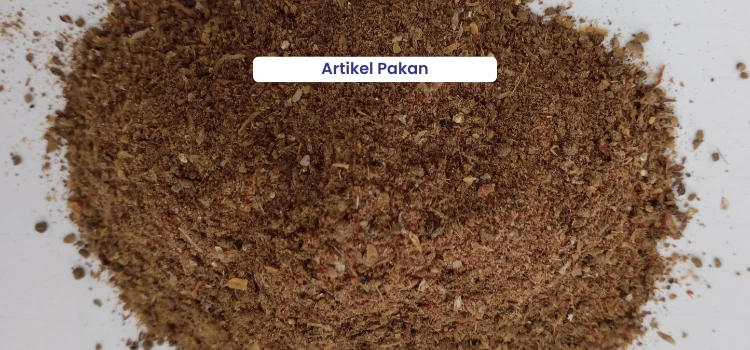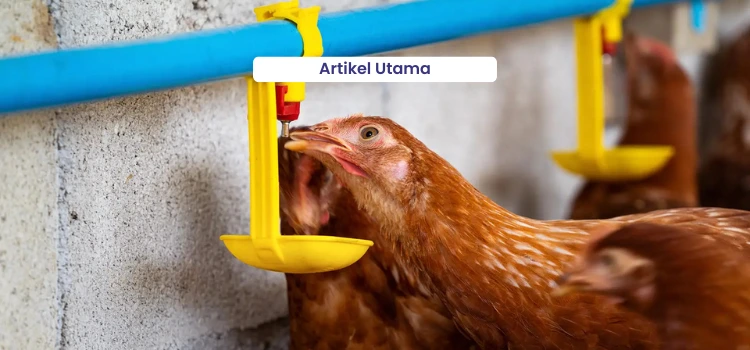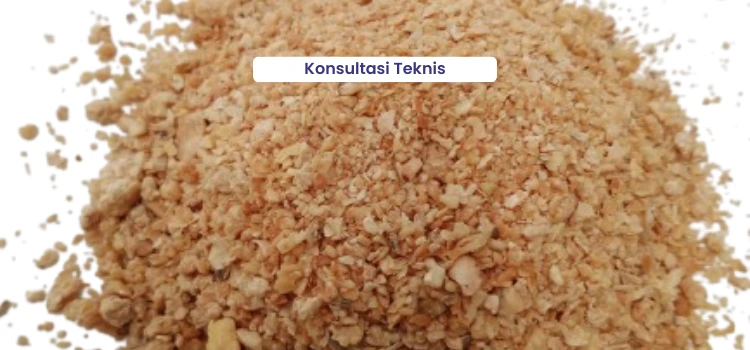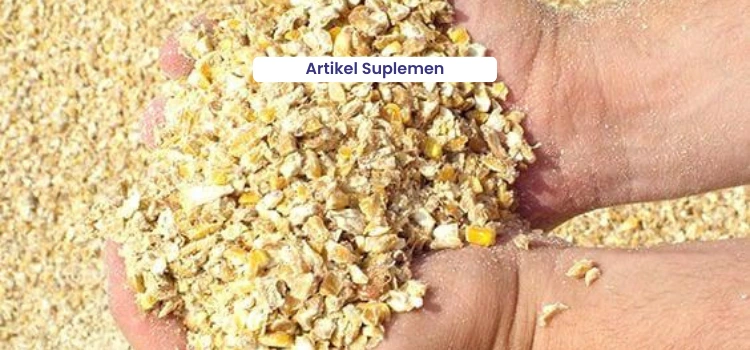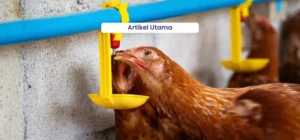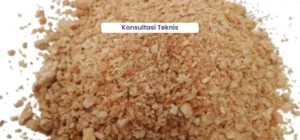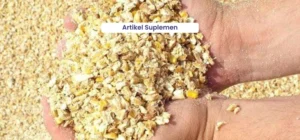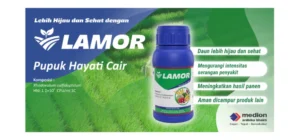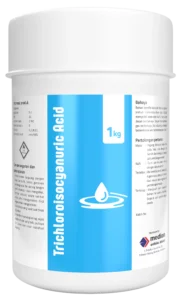Suboptimal poultry productivity can be influenced by various factors such as nutrition (feed), management practices, and health (diseases). In the field, various cases have been reported that negatively affect chicken productivity, leading to losses for farmers. In some areas, cases of black vomit (blackish vomit) have been observed in layer chickens. This article will provide a comprehensive overview of what black vomit is, its possible causes, as well as prevention and treatment solutions that can be applied.
A. Definition of Black Vomit
Black vomit is a condition in which a dark-colored fluid is found in the crop (ingluvies) as a result of poisoning caused by toxic substances present in feed ingredients or raw materials. Black vomit is also known as histidine poisoning.
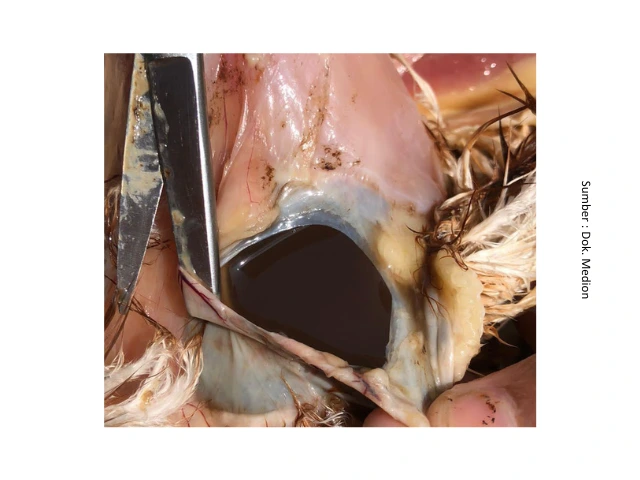
Cases of black vomit are also characterized by the presence of gizzard erosion (erosion of the gizzard lining). This condition occurs due to toxins entering the chicken’s digestive tract.
B. Causes of Black Vomit
1. Poor-quality fish meal
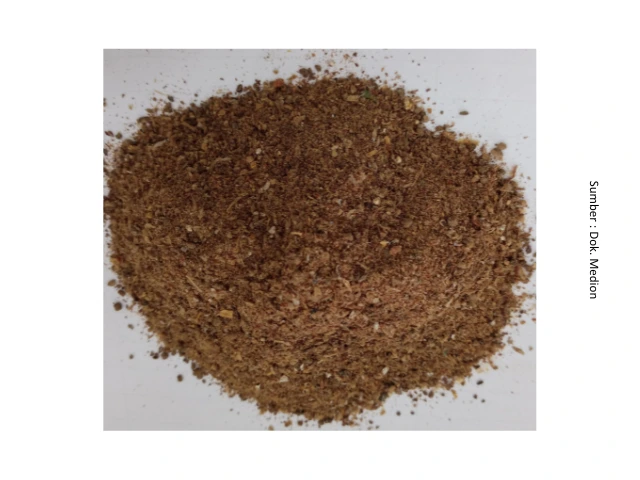
Fish meal is a protein-rich raw material commonly used in poultry feed. The quality of fish meal can be affected by several factors, including the source of raw materials (fish species and body parts used), processing methods, handling, and storage conditions. There are generally two types of fish meal found in the field — imported and locally produced. Local fish meal is typically made from by-products such as trash fish, salted fish, and fish heads. Table 1 below shows the nutritional composition of fish meal from various sources.
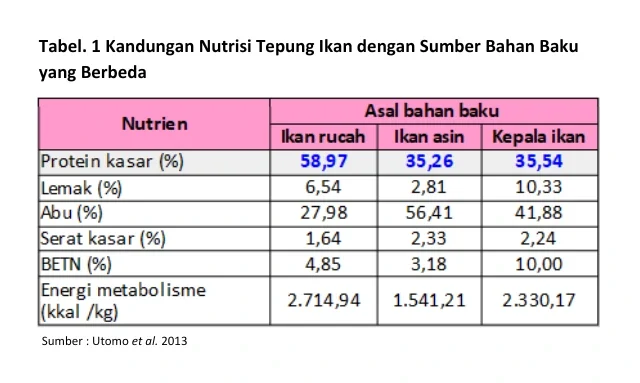
Poor-quality fish meal can also result from improper processing methods that lead to the formation of harmful toxins for poultry. For example, during the drying process, heating fish meal at temperatures above 130°C can cause the formation of a toxin known as gizzerosine. The presence of gizzerosine can lead to gizzard erosion (erosion of the gizzard lining) and black vomit in chickens.
2. Improper handling and storage
Handling techniques—especially storage temperature and duration—greatly influence the quality of fish-based products, including fish meal used in animal feed. Improper handling and storage can lead to the formation of biogenic amines in fish meal. Biogenic amines are nitrogenous basic compounds formed through the breakdown of amino acids.
The amino acid that serves as the precursor for biogenic amine formation in fish meal is histidine, which can be converted into the biogenic amine histamine through the decarboxylation of amino acids by bacteria (Pertiwi et al., 2020). The bacteria capable of decarboxylating amino acids include Enterobacter, Clostridium, Lactobacillus, and Pseudomonas (Mahamudin et al., 2016).
Histamine stimulates receptor cells located in the proventriculus, leading to an increase in the secretion of hydrochloric acid (HCl). This results in excessive gastric fluid production, which can cause gizzard erosion and the occurrence of black vomit in poultry.
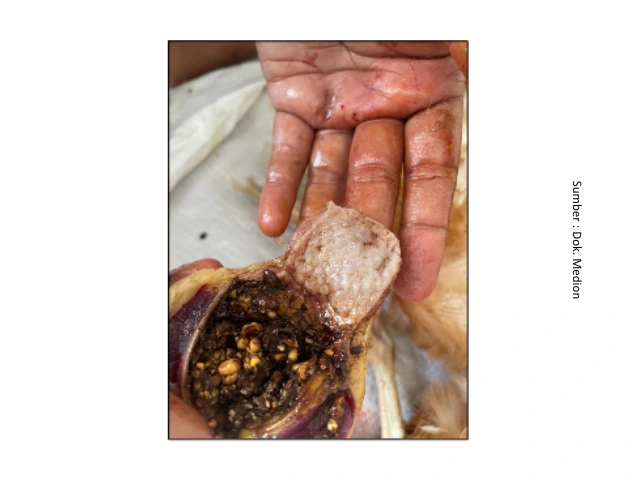
C. Prevention and Treatment
1. Strict quality control of fish meal
Fish meal quality control can be carried out through physical (organoleptic), microscopic, and chemical (proximate analysis) tests. Good-quality fish meal based on organoleptic evaluation should have a light to dark brown color (but not too dark or black), a fresh fishy odor (not rancid), a non-salty taste, and should be free from contaminants such as bones, scales, fish eyes, and other impurities.
Microscopic testing can also be conducted to obtain more detailed information regarding contamination or adulteration present in fish meal. However, this test is rarely performed in the field because it requires specialized equipment, such as a microscope.
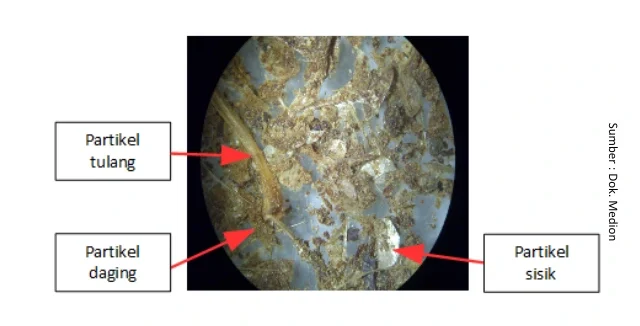
In addition, to determine the nutritional content of fish meal that meets the standards, chemical tests can be carried out such as proximate analysis (moisture, crude protein, crude fat, ash), calcium, phosphorus, and metabolizable energy. These nutritional content tests can be performed at the Medion Laboratory. This is done especially when selecting and determining the supplier of fish meal raw materials.
According to SNI 2013, there are three grades of fish meal used as standards. Table 2 shows the standard nutritional content of fish meal based on its quality grade. In addition, to determine more precisely the presence of gizzerosine in fish meal or feed mixtures, analysis can be carried out using High Performance Liquid Chromatography (HPLC). A gizzerosine content of 0.15 mg gizzerosine/kg of feed in poultry can cause gizzard erosion (The Magazine of Feed Industry, 2019).
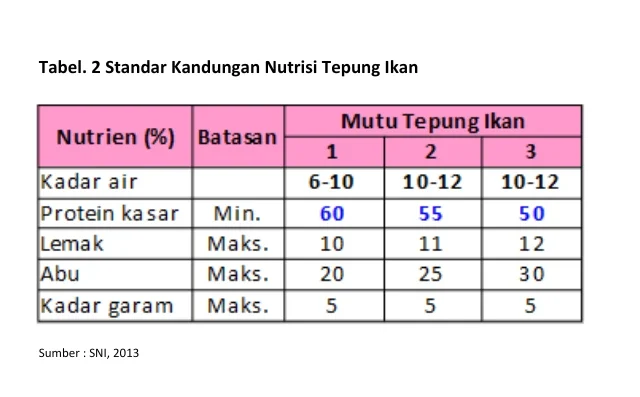
2. Handling and storage management
Improper storage conditions, particularly those related to temperature and humidity, can trigger the decarboxylation reaction of amino acids, followed by bacterial growth that leads to toxin formation. This condition is highly favorable for raw materials derived from fish, such as fish meal.
Handling and storage management of fish meal raw materials or feed mixtures must be properly implemented, including the following:
- Using pallets (wooden or plastic) to minimize humidity.
- Implement First In First Out (FIFO) and First Expired First Out (FEFO) management systems.
- Storage duration should not be too long, preferably around ±21 days.
- Pay attention to air circulation, temperature, and humidity in the feed storage warehouse.
The presence of gizzerosine in feed that is also contaminated with mycotoxins (fungal toxins) can worsen the effects of gizzard erosion. This condition can be managed by adding a toxin binder such as Freetox or Freetox-G to bind mycotoxins inside the animal’s body. In addition, the supplementation of Vitamin HC helps accelerate the repair of damaged cells.
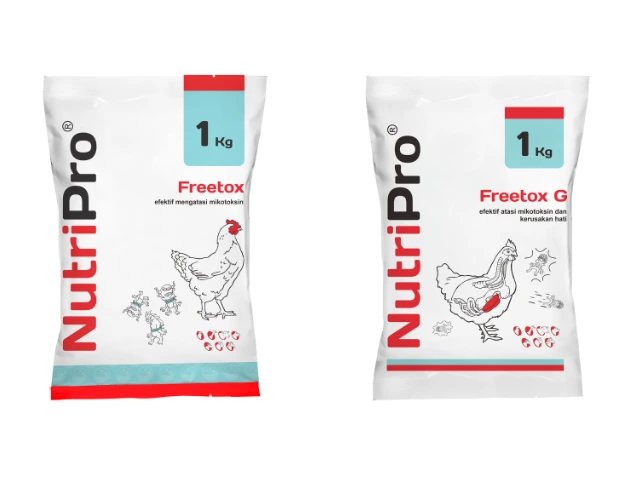
3. Be wise in using fish meal
The main advantage of using fish meal in feed formulation is its high amino acid content, particularly lysine and methionine, which are limiting amino acids in poultry. These two amino acids play an important role in supporting poultry productivity. However, the current trend in the field shows that much of the fish meal available is of poor quality (not meeting standards). This is why the use of fish meal needs to be limited.
The use of fish meal in feed formulation should be adjusted based on the results of the quality control that has been carried out. The recommended limits for fish meal usage in poultry feed are shown in Table 3 below.
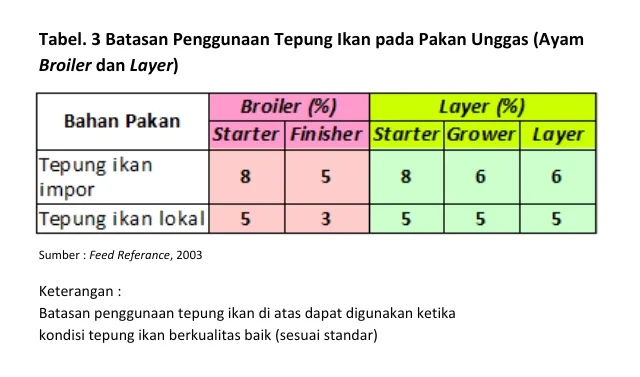
If the fish meal to be used is of poor quality, its inclusion in the feed formulation should be limited to only 1–2%. This aims to minimize the negative effects that may arise from the low-quality fish meal.
Currently, there is no specific treatment available to address black vomit other than wisely evaluating the use of toxic (poor-quality) fish meal. Toxic fish meal can be identified through consistent quality control practices. If necessary, consider replacing the current fish meal supplier with a new one. That concludes a brief overview of black vomit in poultry. Hopefully, this information is useful and broadens our knowledge. Best regards.

